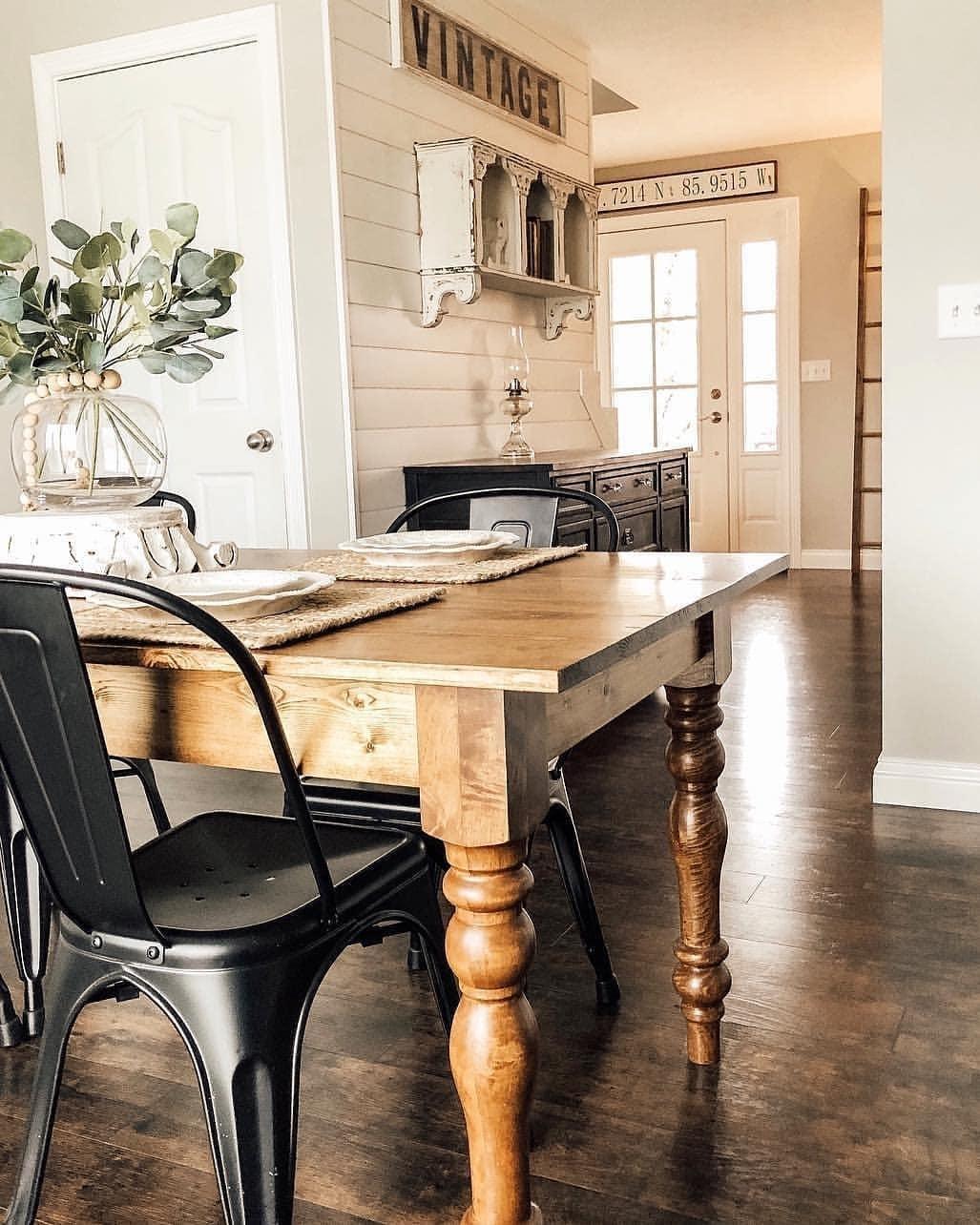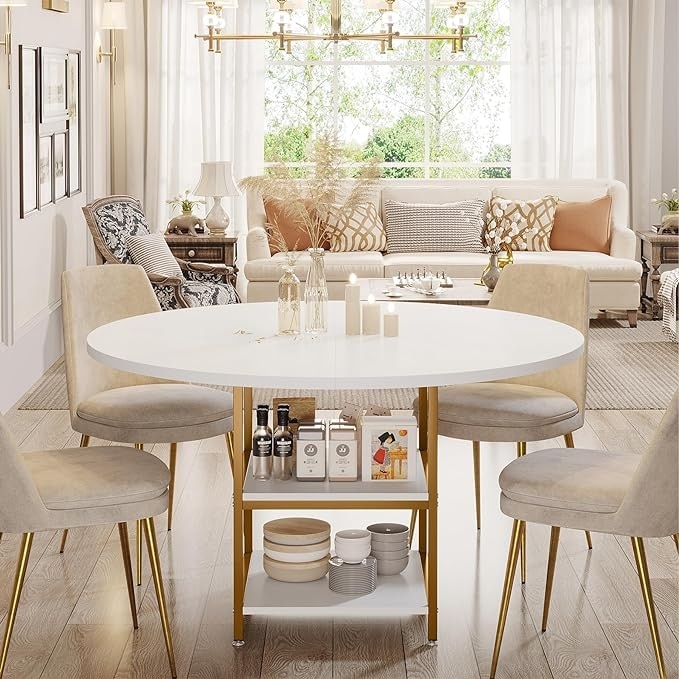Why Custom Dining Room Table Legs Are Worth the Investment
From Traditional to Modern: Find the Ideal Dining Space Table Legs for Your Design
The selection of dining space table legs plays a pivotal function in specifying the general personality of your space, connecting the gap in between typical craftsmanship and modern visual appeals. While traditional layouts such as cabriole and transformed legs stimulate a feeling of ageless elegance, contemporary designs like barrette and geometric options present an opportunity for striking visual rate of interest. Evaluating the best balance in between these styles calls for a nuanced understanding of your existing décor and individual preference. As you consider these elements, the concern continues to be: just how can you effortlessly incorporate these varied leg designs to create a harmonious dining experience?
Recognizing Table Leg Styles
The range of dining-room table leg styles can dramatically influence both the appearances and capability of the area. Each leg style contributes distinct aesthetic elements and functional attributes, catering to diverse style preferences and use needs. Recognizing these styles is vital for choosing the best table that lines up with your general indoor design vision.
As an example, conical legs supply a clean, timeless appearance that can improve an area's beauty, while pedestal bases provide security and make best use of legroom, making them perfect for smaller spaces. Hairpin legs, a characteristic of mid-century contemporary style, introduce an industrial style, permitting an airy, open feeling. Similarly, trestle legs evoke rustic charm, providing durable support and a sense of eternity.
Wood legs can bring warmth and texture, whereas steel alternatives typically convey a sleek, contemporary vibe. Ultimately, comprehending table leg designs is essential for creating a natural eating location that mirrors individual design while guaranteeing usefulness and comfort.
Typical Table Leg Options
When picking dining-room table legs, conventional choices usually personify classic elegance and workmanship. These styles reflect an abundant heritage and a dedication to quality, making them optimal for those who appreciate classic aesthetic appeals.
One of the most legendary traditional leg designs is the cabriole leg, characterized by its graceful rounded form. This style usually includes ornamental carvings and is most commonly located in Queen Anne and Chippendale furniture. An additional popular alternative is the turned leg, which flaunts a collection of smooth, rounded forms that supply a traditional appearance while keeping stability.
In addition, the straight leg, while simple, supplies a unadorned and sturdy framework that can blend perfectly with a variety of tabletop designs. For those drawn to ornate outlining, claw-and-ball feet legs evoke a sense of majesty and can act as a spectacular centerpiece in any kind of dining area.
Finally, pedestal bases, although not strictly legs, offer a different standard choice that enables enough legroom and can be wonderfully carved. Each of these conventional leg styles contributes to the overall ambiance of a dining-room, weding function with visual charm.

Modern Table Leg Styles
Modern table leg styles supply a diverse series of styles that highlight cutting-edge products and tidy lines. These styles commonly prioritize functionality while serving as striking focal points within a dining area. Minimalist visual appeals are common, with legs crafted from materials such as steel, glass, and engineered timber, which add to a airy and contemporary feeling.
One popular style is the barrette leg, characterized by its slender, tapered structure that gives security without overwhelming the table top (dining room table legs). This style is frequently located in mid-century modern furniture and can effortlessly complement various eating table forms. An additional trend is making use of geometric forms, where legs might handle asymmetrical or angular types, including aesthetic rate of interest and a touch of artistry

Blending Styles for One-of-a-kind Spaces
Often, home owners seek to develop unique eating areas that reflect their personal style by mixing numerous layout aspects. This approach allows for the consolidation of varied looks, causing a harmonious yet distinct atmosphere. Coupling a rustic wood table with streamlined, modern-day steel legs can produce a captivating comparison that boosts the area's general charm.
In addition, integrating vintage table legs with modern table tops can evoke a feeling of history while maintaining a contemporary sensibility. Such combinations not just display specific preference but also motivate creativity, permitting homeowners to curate a space that visit our website really feels both individual and welcoming.
Color plays an important duty in this mixing process; selecting table legs that match or comparison with the existing color pattern can boost aesthetic interest. For instance, whitewashed legs can soften the boldness of a dark table surface area, developing a well balanced visual.
Tips for Picking the Right Legs
Picking the right table legs is crucial for attaining both capability and aesthetic charm in your eating room. Begin by taking into consideration the overall style of your area. Traditional settings profit from legs that include intricate carvings or turned designs, while contemporary rooms may require smooth, minimal designs.
Next, examine the elevation and security of the legs. dining room table legs. Common table vary in between 28 to 30 inches in height, so make certain the legs match this dimension for comfort. In addition, robust products, such as hardwood or steel, can enhance security and longevity
Assess the leg form as well-- choices consist of straight, tapered, or pedestal layouts. Straight legs offer a traditional appearance, while tapered legs can include a touch of beauty. Pedestal bases supply ample legroom and are suitable for smaller sized spaces.
Final Thought
In recap, picking the ideal dining area table legs requires careful factor to consider of both traditional and modern styles. By balancing leg style, elevation, and product with the see general décor, a natural and welcoming atmosphere can be achieved.
The variety of eating room table leg designs can substantially affect both the aesthetic appeals and functionality of the space. Inevitably, recognizing table leg designs is important for creating a natural dining area that reflects individual design while making sure functionality and comfort.One of the most iconic conventional leg styles is the cabriole leg, defined by its stylish rounded form. Straight legs provide a timeless look, while conical legs can add a touch of sophistication.In recap, choosing the suitable eating space table legs requires mindful consideration of both standard and contemporary styles.